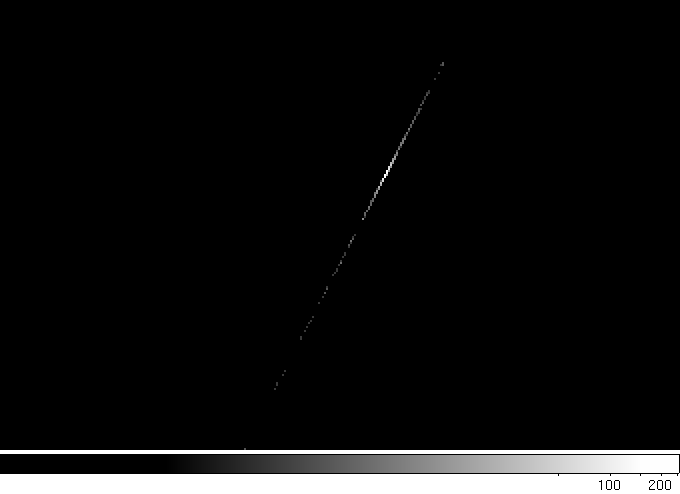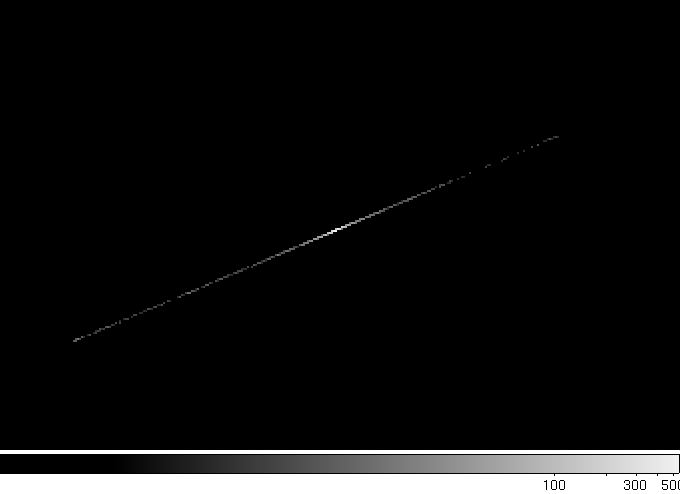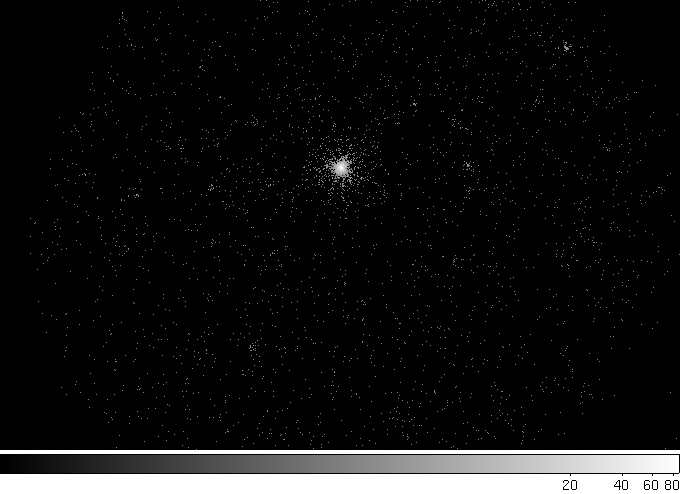- Home
- About
- Support
- Data Access
- Data Analysis
- GRB Products
- Publications
-
Links
Databases NED Simbad GCN circulars archive GRB data table Software & Tools Swift Software (HEASoft) Xanadu WebPIMMS Institutional Swift Sites GSFC PSU OAB SSDC MSSL University of Leicester
XRT modes
The XRT has a number of different operating modes, depending on the brightness of the source being observed.
- Imaging mode [IM]
- Only used to obtain 1st X-ray position of a new GRB
- Exposure of 0.1 or 2.5 seconds
- Integrated charge image; no X-ray event recognition
- Photo-Diode mode [PD]
- No spatial information
- Low-rate and piled-up modes
- 0.14 milli-second time resolution
- Full energy resolution
- Disabled since the end of May 2005
- Windowed Timing mode [WT]
- 1-dimensional imaging
- 1.8 milli-second time resolution
- Full energy resolution
- Photon Counting mode [PC]
- 2-dimensional imaging
- 2.5 second time resolution
- Full energy resolution
Energy resolution (at end of 2009) is 260 eV (FWHM) at 5.895 keV (compared with 145 eV at launch).
WT mode data appear as a single strip of data, oriented at the spacecraft roll angle (some will sometimes appear horizontal, sometimes close to vertical and most times somewhere in between). Ten rows are compressed into a single row and only the central 200 columns (~8 arcmin) of the field of view are read out. More details can be found in the software guide or the instrument paper.
Note that only the pointing eventlists (that is, sw[obsid]x<mode><window>po_cl.evt where the po indicates pointing) are generally used; sl and st (slew and settling data, respectively) can ignored, since the time covered by the settling data will be very short (and the source will be out of the field of view for the slew eventlist).
Two examples of WT images are shown here:


PC data cover a 2-dimensional region of 600 by 600 pixels (about 24x24 arcmin). An example image is shown below:

The initial data from the XRT (images, spectra and light-curves) are obtained from TDRSS and distributed through GCN messages. TDRSS spectra have no pattern recognition and, although response matrices have been produced, it is not recommended that these are used for scientific analysis.
